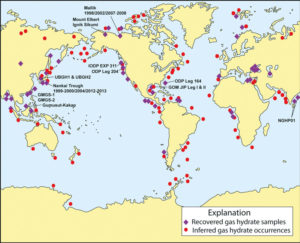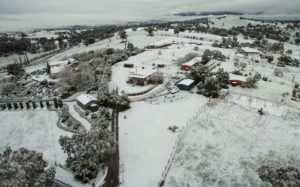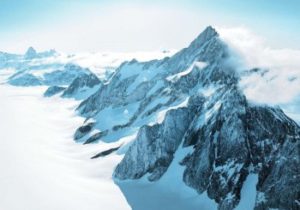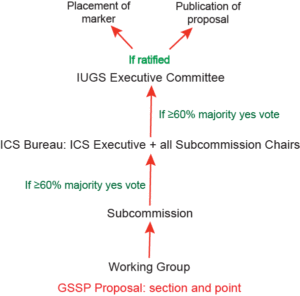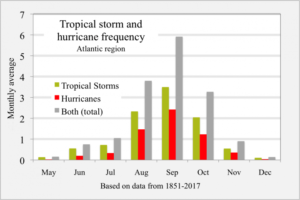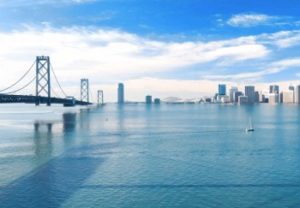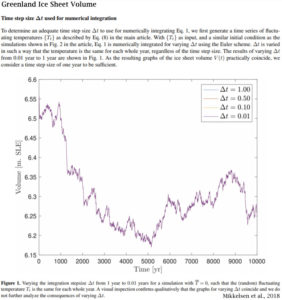by Judith Curry, August 14, 2019 in ClimateEtc.
The latest travesty in consensus ‘enforcement’, published by Nature.There is a new paper published in Nature, entitled Discrepancies in scientific authority and media visibility of climate change scientists and contrarians..Abstract. We juxtapose 386 prominent contrarians with 386 expert scientists by tracking their digital footprints across ∼200,000 research publications and ∼100,000 English-language digital and print media articles on climate change. Projecting these individuals across the same backdrop facilitates quantifying disparities in media visibility and scientific authority, and identifying organization patterns within their association networks. Here we show via direct comparison that contrarians are featured in 49% more media articles than scientists. Yet when comparing visibility in mainstream media sources only, we observe just a 1% excess visibility, which objectively demonstrates the crowding out of professional mainstream sources by the proliferation of new media sources, many of which contribute to the production and consumption of climate change disinformation at scale. These results demonstrate why climate scientists should increasingly exert their authority in scientific and public discourse, and why professional journalists and editors should adjust the disproportionate attention given to contrarians..This ranks as the worst paper I have ever seen published in a reputable journal. The major methodological problems and dubious assumptions:.
- Category error to sort into contrarians and climate scientists, with contrarians including scientists, journalists and politicians.
- Apart from the category error, the two groups are incorrectly specified, with some climate scientists incorrectly designated as contrarians.
- Cherry picking the citation data of top 386 cited scientists to delete Curry, Pielke Jr, Tol, among others (p 12 of Supplemental Information)
- Acceptance of the partisan, activist, non-scientist group DeSmog as a legitimate basis for categorizing scientists as ‘contrarian’
- Assumption that scientific expertise on the causes of climate change relates directly to the number of scientific citations.
- Assumption that it would be beneficial for the public debate on climate change for the ‘unheard’ but highly cited climate scientists to enter into the media fray.
- Assumption that scientists have special authority in policy debates on climate change
The real travesty is this press release issued by UC Merced:
The harm that this paper does to climate science is an attempt to de-legitimize climate scientists (both academic and non academic), with the ancillary effects of making it more difficult to get their papers published in journals (stay tuned for my latest engagement with the journal peer review process, coming later this month) and the censorship of Nir Shaviv by Forbes (hopefully coming later this week).

